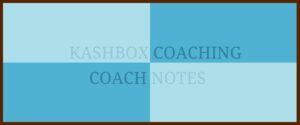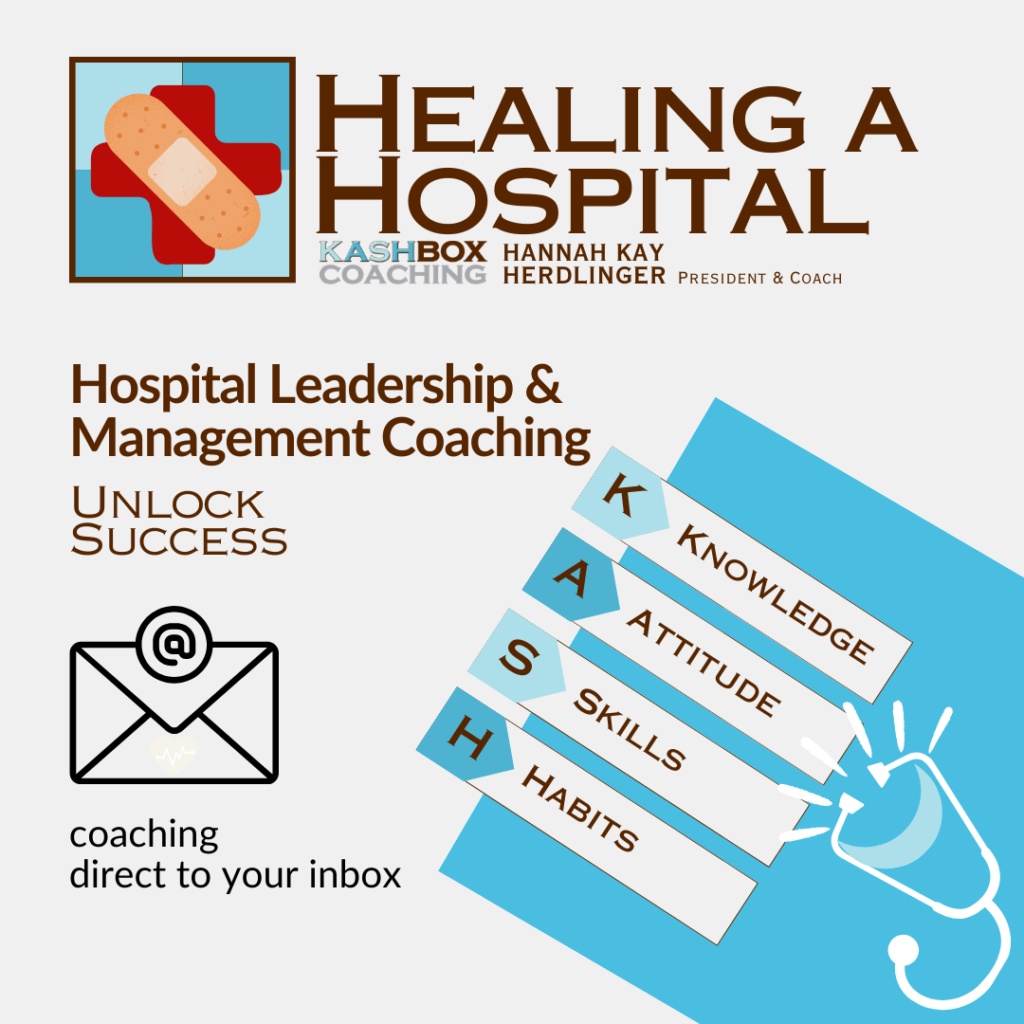Read past issues of Coach Notes, our bi-monthly electronic newsletter intended to inspire, educate and improve the overall well-being of both your personal health and your professional health. Want to receive our newsletters directly in your inbox? Simply click here to signup and you will!
February 2022
January 2022
November 2021
October 2021
September 2021
July 2021
June 2021
May 2021
April 2021
March 2021
February 2021
January 2021
December 2020
November 2020
October 2020
September 2020
August 2020
July 2020
June 2020
May 2020
- The Best Business Strategy for Crisis Recovery
- Tough Times, Wise Decisions
May 2020, Content for Coaches and Consultants
April 2020
March 2020
February 2020
January 2020
December 2019
November 2019
October 2019
September 2019
August 2019
July 2019
June 2019
May 2019
April 2019
March 2019
February 2019
January 2019
December 2018
November 2018
October 2018
September 2018
August 2018
July 2018
June 2018
May 2018
April 2018
March 2018
February 2018
January 2018
December 2017
November 2017
October 2017
September 2017
August 2017
July 2017
June 2017
May 2017
April 2017
March 2017
February 2017
January 2017
December 2016
November 2016
October 2016
September 2016
August 2016
- No More a Workaholic: 5 Tips to Work Less and Still Get Ahead
- The Changing Face of Employee Engagement: 7 Trends
July 2016
June 2016
May 2016
April 2016
March 2016
February 2016
January 2016







